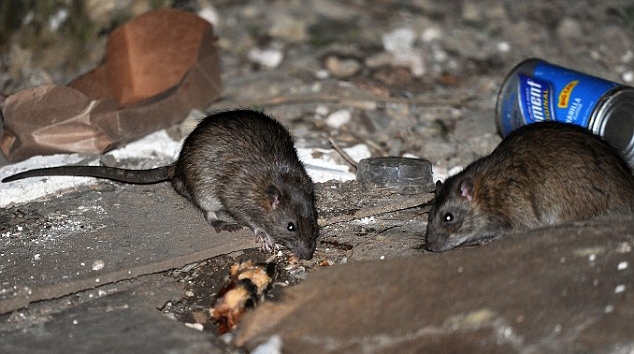![]()
Owls are beautiful, interesting creatures that hunt at night and are characterised by their flat face with forward facing eyes. There are twelve different known species in South Africa, the smallest weighing in at 50 g and the largest at 2.5 kg. The three most common in the Midlands are the Barn Owl, the Spotted Eagle Owl and the Wood Owl. All owls have specially designed soft, fluffy wings that allow them to fly silently while listening out for prey, their tubular eyes are light sensitive allowing them to see their prey in low light conditions while sounds are bounced off their facial disk into little ear holes at the sides of their face and the rats don’t know what hit them until their hanging on that bill. A family of owls can eat 2500 rats and mice a year.
![]()
After hearing the successes that Eco-Solutions has had in Alexandria township in Johannesburg introducing owls to reduce the rat problem, the Mpophomeni Owl Box Project is to be launched to fight our troublesome rodent infestation that has grown over the years due to a decline in their natural predators. Orphaned or injured owls are taken in by the Raptor Rehabilitation Center, nursed back to health and released back in the wild, deployed to feast on the rodent population restoring balance between predator and prey. Many people in the community will testify that the infestation is out of hand, it’s only by luck that we don’t hear of rats chewing off the feet of sleeping infants but they do destroy food in the gardens and cupboards, mutilate furniture and, let us not forget, that they carry a multitude of diseases.
![]()
Prevention is always better than cure they say, so we would like people to work with us in eliminating areas that could lead to the rodent population thriving. For example, piles of rubble next to your home and careless disposal of food scraps in the open attract rats. We should stop treating vacant land as illegal dumping sites because we are only providing the rodents with a habitat to flourish in. We should also avoid using poison to kill the rodents because other domestic animals and little children are also in danger of ingesting and dying from it.

A release site will be erected at a private home in Mpophomeni this winter. This is facilitated by The Owl Box Project and Raptor Rescue Centre and funded by N3TC. Local residents and learners will be invited to visit and educated on the importance of owls in eradicating the rodents. The owls nest in boxes that resemble their natural nesting habitat. Barn owls nest in cavities, they like dark, quiet places so a big box with a small hole is ideal. Spotted Eagle Owls are not fussy they like open areas so a big box with a wide entrance is home for them and Wood owls live in forests and nest in holes in trees so they have along box with a small hole so that the can crawl all the way to the back. Barn Owls can alter their breeding habits in response to prey numbers, the greater the prey in abundance, the greater the owlets. We already have a few owls resident in Mpophomeni.

Many owls sustain injuries and death due to colliding with razor fences, electric line and motor vehicle collisions. If you see or find an injured owl, try putting a towel or something over it before you pick it up, because they do have sharp beaks and proceed to call FreeMe (033 330 3036) or Raptor Rescue (076 724 6846) who have trained people to handle sick or injured animals.
This is a joint project of MCG, DUCT Enviro Champs, Midlands Meander Education Project and Funda Nenja and, of course, the Owl Box Project.